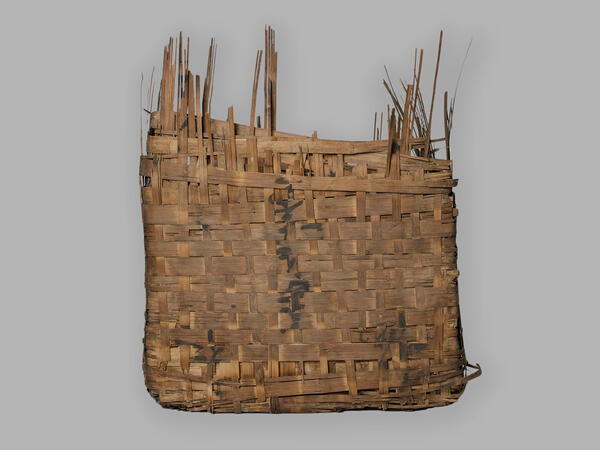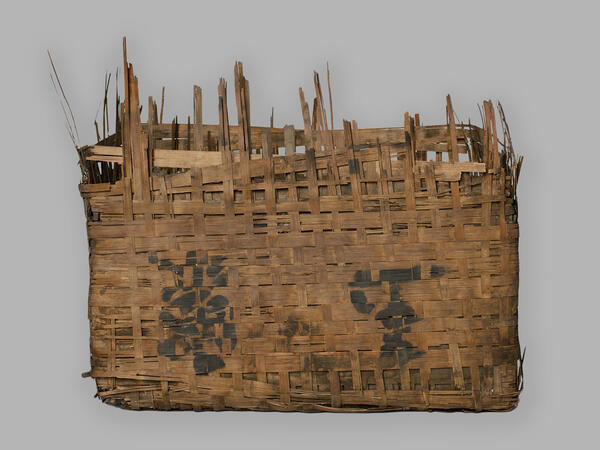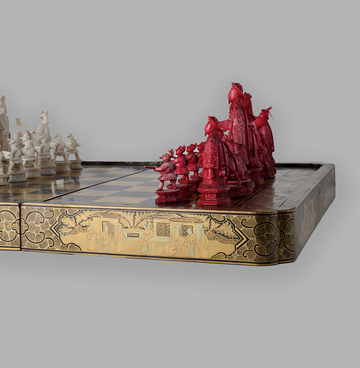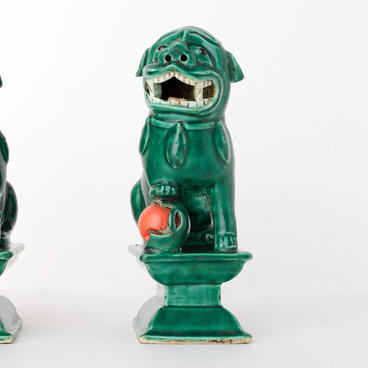The Kyakhta Museum of Local Lore named after Vladimir Obruchev houses an exhibit that witnessed the golden age of Kyakhta. It is a woven tea basket known as a tsybik. It is unknown how this item ended up in the museum. Tea was transported in a large, sealed box made of woven grass, cane, reeds, or bamboo.
A basket was covered with leather to protect it from moisture and lined inside with soft paper or bamboo leaves. Elite teas were first placed in a thin lead box as the dangerous effects of lead on the human body were yet to be discovered.
There were two main types of tea baskets: elongated “one-and-a-half” baskets and “square” baskets. The former were larger, contained between 75 and 80 pounds of tea, and weighed almost 45 kilograms, including the box, lead, and leather. The latter usually contained between 53 and 57 pounds of pure tea and were used for transporting high-grade, expensive varieties, such as liang tsin, and nowadays Xi Hu Long Jing or longjing tea.
Each package was inscribed with intricate Chinese markings. A trademark showed that the product was genuine and determined its price. Each Chinese tea manufacturer had their own kind of trademark. Experienced Russian merchants would often start assessing the quality of tea by choosing a box from a respectable manufacturer.
In the border town of Maimaicheng, Chinese sellers used small wooden scoops to break the seal of the box. They took out small portions of tea of each variety from the basket, wrapped the samples in Chinese paper, and handed them over to the merchant or commercial agent. Such paper bags with tea were called bakcha.
After a deal was concluded, the tea was transported to the merchant center in Kyakhta where it was checked by Russian tea inspectors. With the help of a tea scoop, they took several samples from different corners of the tea basket. The right to inspect tea was granted to merchants, their commercial agents, and delivery agents. One could use about half a pound of tea for sampling.
From the merchant center in Kyakhta, tea baskets were sent to the customs office in Troitskosavsk. There the boxes were weighed to determine the duty. After the duty was paid, the tea baskets were sent to packers who sewed the boxes into cowhides, fur inside.
The tea basket from the
museum’s collection was woven from long and narrow bamboo strips. Inside, a
rectangular box is attached to the wall. Outside, a trademark with two Chinese
characters is painted black.




